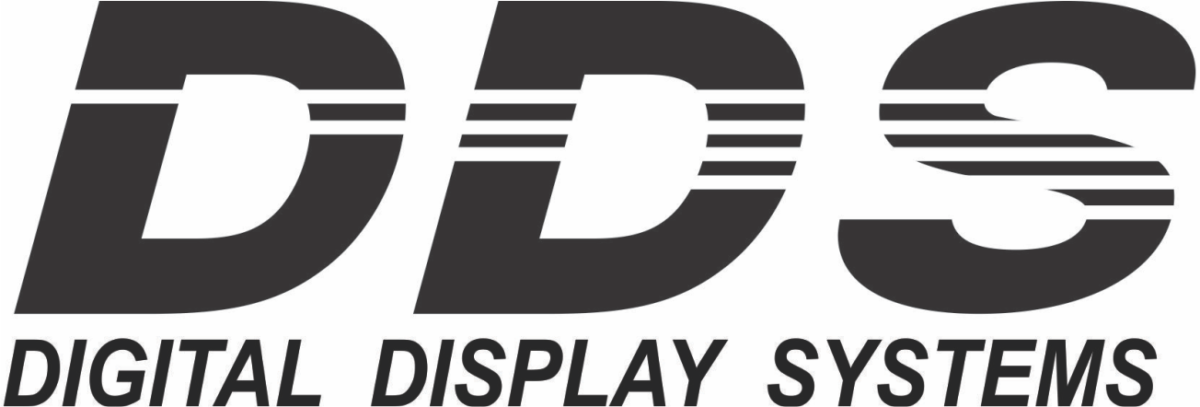Lean manufacturing is a technique used to minimize wastes in an operating system that maximizes profits. Without adding new equipment or personnel, lean manufacturing creates a constant cycle of improvement. This system creates a balance in your workplace that reduces downtime, cycle time, and wastes. Although many companies are aware that they are inefficient, many do not know how to adapt to the lean way of thinking using an IIoT system.
8 largest wastes of lean manufacturing:
- Defected Material – A prime example of a waste that takes time, money, and resources away from a business without any return. Creating the right approach to minimizing defects will reduce this expense. Better machine repairs, processing standards, and getting accurate inventory levels are all great ways to do so.
- Inventory – The idea of holding costs, over purchasing, and poor forecasting can lead to an overuse of safety stock. For example, if you overstock a part of your product that becomes unusable, then you could be out thousands of dollars in the long run.
- Idle Time – Idle equipment, unplanned downtime, and long delays are all expenses that should be avoided. Clearly defined plans can help reduce these wastes.
- Excess Processing – It is the effect of poor communication and an unoptimized workflow. Excess processing is the act of giving your product more value than needed. Knowing your customers and constructing a thought out advertising plan are great ways to solve this.
- Overproduction – A business should limit their production rate to the needs of their customers. If there is no need for the product, then it should not be produced. This is a very crucial part of lean manufacturing that can avoid a lot of wasted material.
- Shipping – Poor layouts, poorly designed production systems, and long material handling costs are all forms of wastes that should be avoided in the lean way of thinking.
- Layout – An efficient layout of employees and machines will save you a lot of wasted time. As a result, saving an hour per week can save you up to $13,000 per year.
- Misused Employee Time – When the management team isn’t using its employees to their fullest potential. Better communication, management, and team training can save you from spending hundreds of thousands of dollars on employees that aren’t needed.
How can I adapt to the lean way of thinking?
Companies today suffer from many of these easily avoidable wastes. Even with the vast technological improvements that are present today, a recent survey showed that over 80% of businesses aren’t doing the correct practices. But, how can you change this? An automated IIoT system creates a one-place-fits-all approach where your business can track all of its inventory, wasted materials, and overall efficiency in one place. This is done by using a variety of sensors and software technology that creates an organized place that keeps track of your efficiency. With many different sensors and available modifications, an IIoT system can specifically be made to fit your company’s needs.
What Does an IIoT System Show Me?
An IIoT system is used to show the OEE (Overall Equipment Efficiency) of your production line. Gathering intel on downtime, performance issues, and quality issues, an IIoT system will show you how efficient your current machines are running over time. With a real-time visual throughput counter, you can also see this efficiency in real-time, allowing you and your employees to keep track of how well your machines are running. Lowering costs and increasing profits, an IIoT system adapts to the lean manufacturing way and has an ROI of weeks. These steps can decrease costs by more than 10% and increase profit by more than 25%. Also, with this reduction of wastes, your workflow can be streamlined to adapt to the changing global market.
Why haven’t all businesses switched to the lean way using an IIoT system?
Despite all of the improvements possible using an IIoT system in the lean way of thinking, many have not seen the vast advantages that IIoT has to offer. With some businesses still manually entering data, they have not seen the advantages of IIoT such as automating data collection. Although IIoT systems can be costly, recent surveys show that they are cost-effective and improve production-line efficiency. Showing a very impressive ROI, companies have started taking interest in the opportunities that IIoT systems have to offer. In return, these companies got very good results.
Please check out our articles on reducing manufacturing costs and the benefits of a remote monitoring system for more information.


